(216 products available)

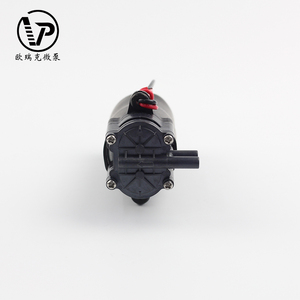
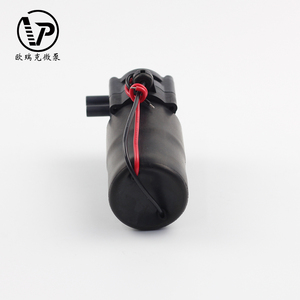





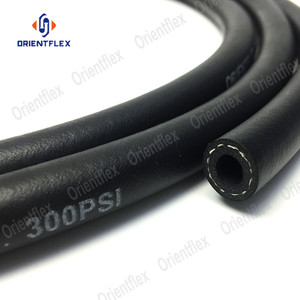


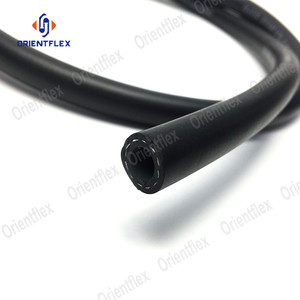




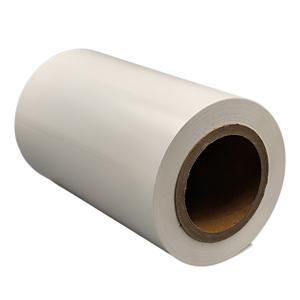
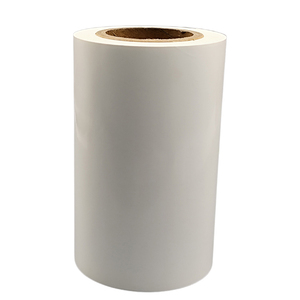









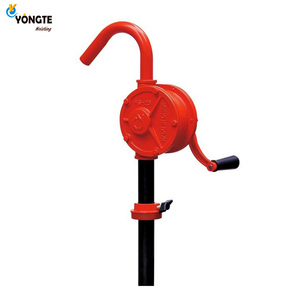











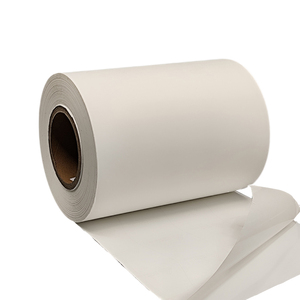



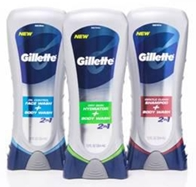
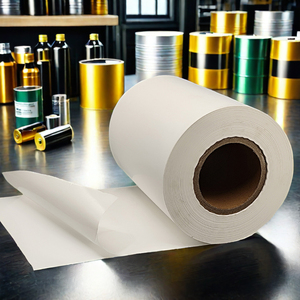

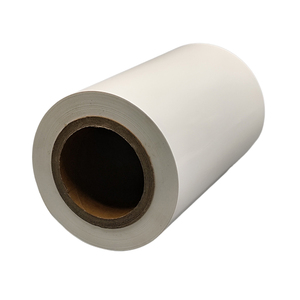



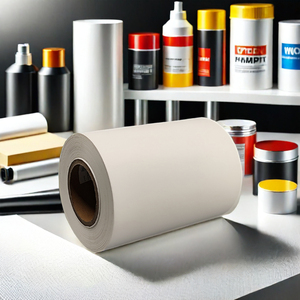
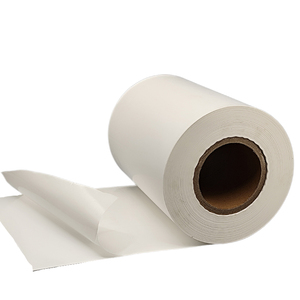



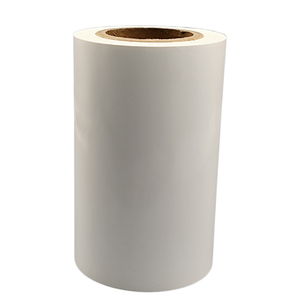


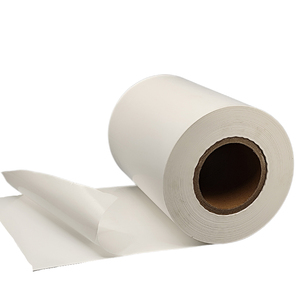






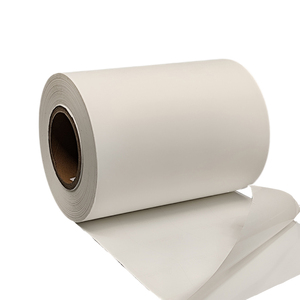


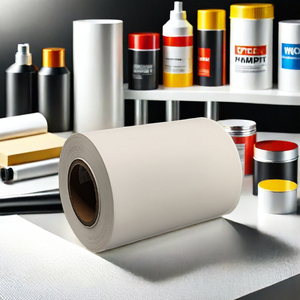






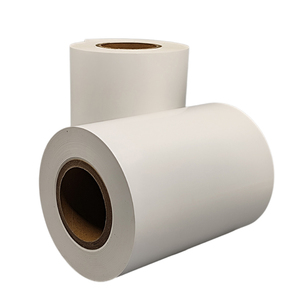














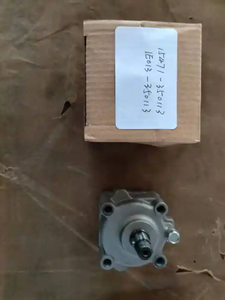


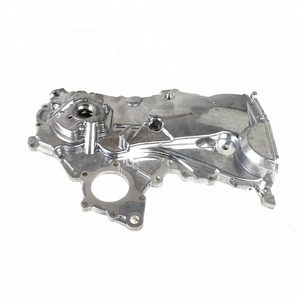



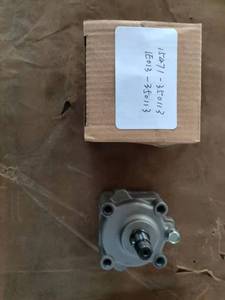





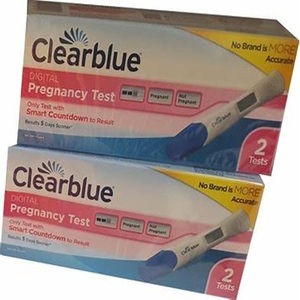










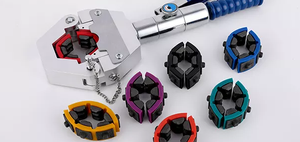


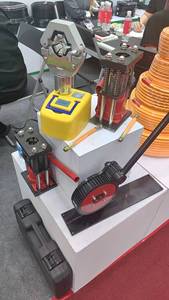







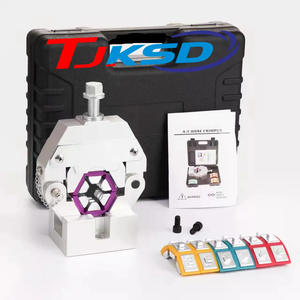



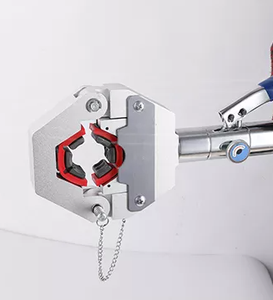




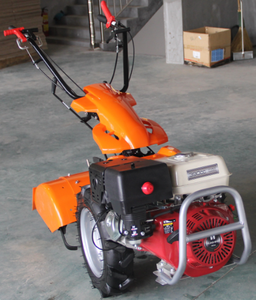











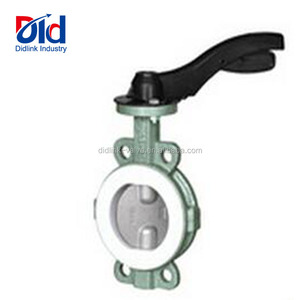





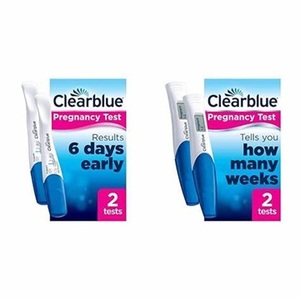






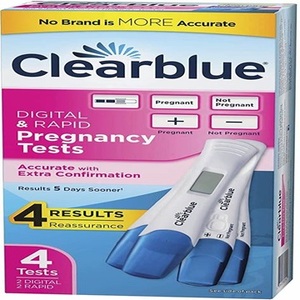


















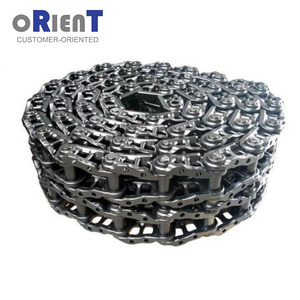



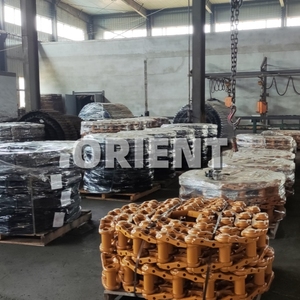
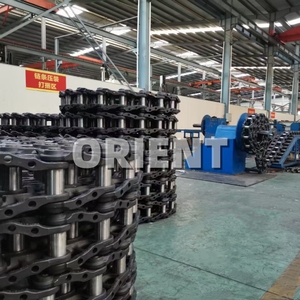


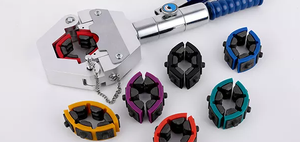


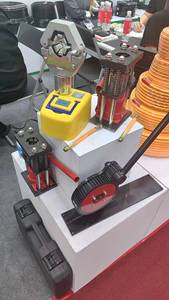





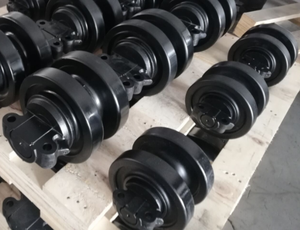


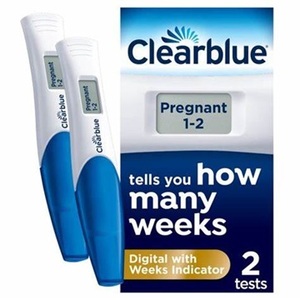



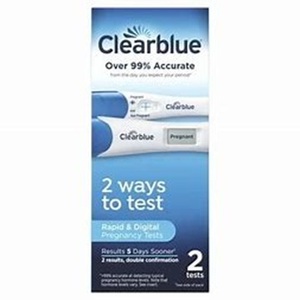







Lubricants are essential for equipment because they improve functionality by reducing friction and wear. Orient lubricants have several types which perform diverse roles based on the environment, equipment, and material. They include:
These are typically mineral or synthetic-based oils with viscosity grades suitable for different temperatures and mechanical loads. Liquid lubricants effectively penetrate tight spaces, making them suitable for high-speed and heavily-loaded machinery. Common applications include automotive engines, industrial gearboxes, and pumps.
Grease is a lubricating compound consisting of oil, a thickening agent, and additives. As an intermediate lubricant, it stays in place longer than oils and is suitable for applications exposed to water, dust, and extreme temperatures. Key areas of use include bearings, hinges, and any machinery with slower-moving parts that require both lubrication and protection from contamination.
Dried lubricants, including molybdenum disulfide and graphite, are solid at room temperature. They work by forming a protective layer on surfaces, reducing friction. The main disadvantage is their ineffectiveness in wet or high-speed applications. Typical uses are in areas prone to high temperatures where liquid lubricants would break down. Such areas include heavy-load sliding surfaces and assembly lubrication in sealed environments.
These lubricants are applied in thin films or patches onto metal strips. They lessen friction during machining and metalworking processes. They may be organic or inorganic composition-based, offering varied benefits: cooling, anti-wear protection, or preventing corrosion. Common applications include wire drawing, machining, and metal stamping.
This isn't a lubricant used categorically but involves tools and systems that analyze lubricants during their service life. They help determine the lubricant's condition and effectiveness and whether it needs to be replaced. This system extends into industries such as manufacturing and mining and is particularly useful in critical machinery operations, as it helps reduce unplanned downtimes dealing with faulty machines.
Grease lubricants combine oil, a thickening agent, and additional ingredients to improve their performance. The specific materials needed depend on the type of grease and its intended application. They include:
They are the primary component of any kind of Orient oil and grease. They provide lubrication and are responsible for the grease's ability to reduce friction. A wide variety of viscosities and types of grease base oil are used, ranging from mineral to synthetic. They are used in automotive lubrication greases to provide better thermal stability and protection against wear.
They are the key agents that give grease its semi-solid structure and allow it to stay in place once applied. In drooped greases, soap-based thickeners such as lithium, calcium, and sodium are used, then a synthetic or mineral-based non-soap. Calcium thickeners are commonly used calciumbased greases that provide excellent water resistance and overall stability. Lithium is used to make a modified grease that has better heat resistance and is anticompatible with water.
Additives enhance grease performance in specific areas. Anti-wear Orient grease contains zinc dialkylditthiophosphate, which protects metal surfaces from wear and tear. Oxide inhibitors are fatty acid or metal salts that prevent oxidation, prolonging the grease's effective lifespan. Grease containing extreme pressure additives such as sulphur-phosphorus compounds is ideal for heavy-load industrial applications, as it minimizes friction and surface damage. Anti-corrosion additives, such as rust inhibitors, help protect the grease and the metal surfaces from moisture and oxidation.
They are used to dissolve the thickeners and create the desired consistency of the lubricant. Water is the primary solvent in water-based grease but can also be found in other greases. Organic acids and alcohols are other common solvents used in making greases to dissolve the thickeners and mix them with the base oils with the desired mixture consistency.
Grease and fluids are crucial in various industries because they keep operations smooth and protect parts from damage. Some prominent industry applications include:
Lubricants are used to reduce friction and wear on mechanical parts and thus boost performance and protect against damage. Orient car grease minimizes heat, preventing overheating damage by reducing friction between metal parts in automotive engines. Lubricants also provide a protective oil film that reduces corrosion and offers additional protection to engine components, extending their lifespan. Grease is used in wheel bearings, suspension parts, and other chassis components to minimize wear and tear and maximize performance and efficiency.
Aerospace lubricants have strong resistance to extreme temperatures, vacuum conditions, and radiation. Lubricants in this field also reduce friction and improve fuel efficiency as engines run smoothly, thus minimizing heat generation. They also protect against corrosion, especially when exposed to varying environmental conditions. Lubricants are also used in sealing and protecting critical components such as gears, actuators, and seals from wear, thus prolonging their functional lifespan.
Industrial Lubricants reduce mechanical breakdown and associated downtime by minimizing friction and wear during operation. Orient industrial grease is widely used in bearings, gears, chains, and other rotating machinery to minimize wear and associated downtime. Furthermore, lubrication helps dissipate heat generated during mechanical motion, thus reducing the chances of overheating and preventing damage or shutdown. Industries such as manufacturing or heavy machinery reliance benefit significantly from lubricants as they enhance operational efficiency and reduce maintenance costs.
Wind and hydropower rely on lubricants to prevent rusting and point damage so they can earn a return on investment. Lubricants for wind turbines reduce friction on gears and bearings to protect them from wear and extend their functional life. They also reduce energy losses as systems run efficiently. In hydropower, lubricants on bearings, shafts, and gears ensure smooth and efficient operation while reducing mechanical breakdown and ensuring reliability for extended periods.
Marine lubricants protect critical components such as propellers, shafts, and gears from seawater, minimizing rust and corrosion. Marine Orient grease forms a protective barrier that prevents oxidation, ensuring long-term reliability in harsh environments. It helps reduce friction on underwater and out-of-water components, ensuring mechanical efficiency and minimal energy loss as vessels and equipment operate more smoothly. Less heat means less chance of overheating, thus preventing critical damage to vital components.
Orient lubricant products come with multiple options to be tailored for buyers to suit their end-user needs, as highlighted below:
Orient lubricants come in diverse viscosity grades that can be modified depending on the working conditions of the target equipment. This ensures smooth operation across varying temperature ranges. For example, oil-based lubricants to be used in low-temperature environments can be customized to have a thinner viscosity to allow easy flow, while those needed in high temperatures should be thicker to avoid breakdown. Modified lubrication helps sensitive machinery and high-load systems maintain optimum performance.
Grease and oil lubricants have diverse additive combinations primarily to enhance pivotal characteristics to suit the buyer's needs. For example, anti-wear inhibitors such as Zinc orient greases are integrated to improve wear resistance in environments where friction is relatively high. Further, extreme pressure additives can be included to protect against metal surface damage in high-load applications. Conversely, corrosion inhibitors would be ideal for marine or moisture-exposed environments.
Depending on the buyer's need, the base oil for the lubricant can either be mineral or synthetic. A synthetic base oil provides superior stability and a broader temperature range. In contrast, mineral oils might be cost-effective for general-purpose applications. Each can be customized based on the buyer's intended use, whether in industrial settings or automotive to ensure optimal performance. Do a performance check to ensure stability and minimal friction to qualify to use either base oil.
The consistency of the grease can be customized to suit specific application requirements, whether high or low. This is adjustable by modifying the types and proportions of thickeners to increase or decrease consistency. In high-speed applications, a softer grease allows better lubrication; in extreme pressure or slow-moving systems, a firmer grease stays in place to provide effective long-term lubrication. This ensures optimal performance across a variety of operational environments.
Orient lubricants can be customized to meet environmental regulations and standards, particularly in ecologically-sensitive areas. For example, biodegradable lubricants are produced with environmentally-friendly base oils and additives to minimize ecological impact in industries such as agriculture or forestry. Additionally, formulations containing hazardous materials such as heavy metals or chlorinated paraffins can be substituted for safer, non-toxic alternatives, ensuring compliance with health and safety regulations.
For extended product life, it is essential to maintain lubricants and related containers. Some care and repair measures include:
Grease and oil residue accumulation on containers can cause a lubricant mixture contaminated, decreasing performance. Regular cleaning ensures the container is free of old residue. In addition, avoid using aggressive solvents that can damage the container material. For metal containers, use a wire brush or abrasives; for plastic containers, use warm water with mild detergent. Always hold the container in a way that ensures the hands are safe from coming into contact with lubricant.
Always place lubricant containers on racks, shelves, or in absorbent containers to avoid coming in direct contact with the work floor. Ensure the container is stable; avoid stacking them over each other. Ground storage can cause damage to the container bases and increase the risk of contamination as debris and moisture get into them. Further, floorwork increases risk to the body from handling or moving heavy containers with harsh substances.
Before using any lubricant, check for signs of contamination, such as water or dirt; also, check the integrity of the container for damage or corrosion. Also, inspect the lubricant for color or consistency change. Such measures guarantee safe and effective use. Further, avoid transferring lubricant to other containers to prevent mix-ups or exposure to hazardous chemicals. Always bring the lubricant into the workplace in the original container for proper identification.
Users should put on gloves whenever handling lubricant containers to avoid coming into contact with potentially hazardous substances. Protective eyewear should also be worn to avoid incidences where grease or oil comes to the eye during spills or splashes. Respiratory protection is equally important when working with bulk lubricants. Wearing this equipment will not only protect the body from damage but also ensure the lubricants can be handled safely.
The ambient conditions in which base oils and grease are housed, such as temperature and humidity levels, affect the quality of the lubricant over time. Store them in a dry, cool area that is well-ventilated and with moderate temperatures. Containers should be protected from direct sunlight and environmental elements such as moisture and dust that can lead to contamination or oxidation of the product.
Orient oil lubricants should be chosen based on the manufacturer's specified use to avoid destroying the item. Where operating conditions are less than normal, applying a lubricant with lower viscosity is ideal and vice versa. Also, identify the country's climate, as temperature greatly affects oil; select a lubricant that suits the ambient condition of the area.
The general recommendation is never to mix different lubricants for any reason. The additive combination in each lubricant is deliberately chosen for a purpose, and mixing will go against that purpose. Even though two lubricants might be compatible, the mixture will dilute the effective concentration of the inhibitors. This is why it's important to use a new lubricant after the old one has been removed.
Oxidation breakdown is the most common and perhaps the only cause of a bad oil. Oil will become cloudy or discolored when grease breaks down. Lack of or wrong additives will also not provide a product effect. Foaming is another sign of contamination food or air in the oily, so the lubricating film does not reach its destination.
One common mistake is using the wrong lubricant for the application, not cleaning the surface properly before applying it, and applying too much or too little. A common problem is mixing different lubricants, which leads to incompatibility or dilution of effective concentration.
Yes, lubricants can be extended by ensuring they are housed in a suitable and stable place, maintaining the right temperature and atmosphere for them, never letting them dry, and cleaning contamination that regularly accumulates. Users can also use lubricant condition monitoring systems to analyze lubricants for wear particles, helping extend and reduce waste.